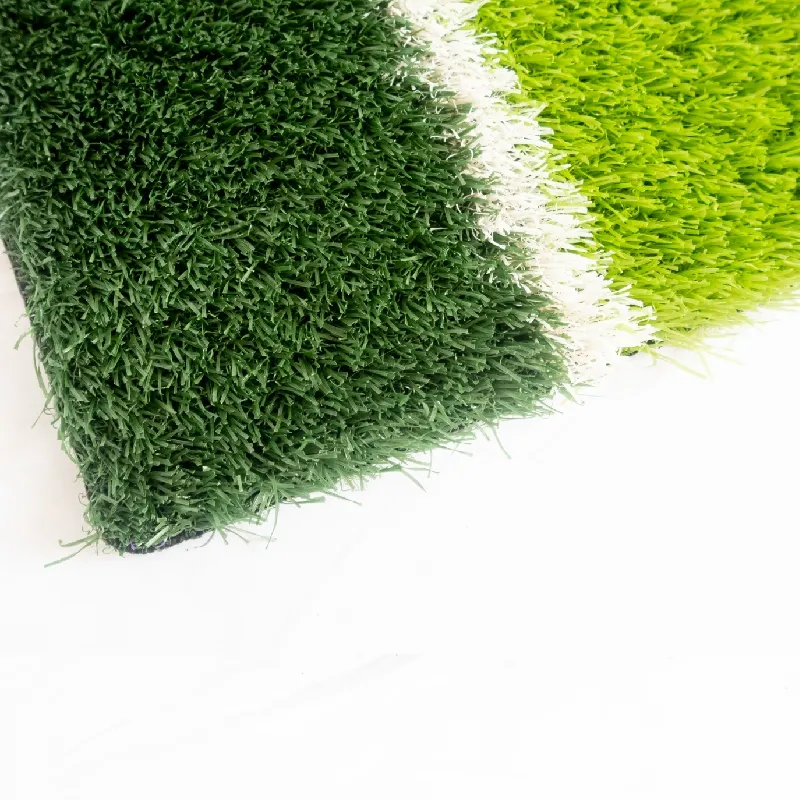
- Afrikaans
- Arabic
- Belarusian
- Bengali
- Czech
- Danish
- Dutch
- English
- Esperanto
- Estonian
- Finnish
- French
- German
- Greek
- Hindi
- Hungarian
- Icelandic
- Indonesian
- irish
- Italian
- Japanese
- kazakh
- Rwandese
- Korean
- Kyrgyz
- Lao
- Latin
- Latvian
- Malay
- Mongolian
- Myanmar
- Norwegian
- Persian
- Polish
- Portuguese
- Romanian
- Russian
- Serbian
- Spanish
- Swedish
- Tagalog
- Tajik
- Thai
- Turkish
- Turkmen
- Ukrainian
- Urdu
- Uighur
- Uzbek
- Vietnamese
Transforming Lawns by Substituting Grass with Artificial Turf Solutions
Nov . 27, 2024 19:56 Back to list
Replacing Grass with Turf An In-Depth Analysis
The debate surrounding traditional grass lawns versus synthetic turf has gained traction in recent years, particularly among homeowners, municipalities, and sports organizations. As water scarcity becomes a pressing global issue and climate change continues to alter our environmental landscape, many are reconsidering the merits of replacing grass with turf. This article explores the benefits and drawbacks of this transition, examining its ecological, economic, and aesthetic implications.
Ecological Impact
One of the most significant advantages of turf is its low water requirements. Traditional grass lawns demand substantial amounts of water for maintenance, particularly in arid regions. According to the Environmental Protection Agency (EPA), residential outdoor water use accounts for approximately 30% of total water consumption in the United States, with a large portion dedicated to irrigation. In contrast, artificial turf requires no watering, providing an immediate solution to water conservation efforts. This shift not only facilitates responsible water use but also reduces the need for harmful fertilizers and pesticides, which can leach into local waterways and harm ecosystems.
However, critics argue that synthetic turf is not without its environmental concerns. The manufacturing process involves petroleum-based materials, which contribute to greenhouse gas emissions and environmental degradation. Furthermore, older turf products, often made with crumb rubber infill from recycled tires, have raised health concerns due to potential chemical leaching. As the industry moves toward more sustainable alternatives, such as infill made from natural components, these concerns are gradually being addressed.
Economic Considerations
From an economic perspective, the initial cost of installing turf can be significantly higher than maintaining a traditional grass lawn. However, when factoring in long-term savings on water bills, maintenance equipment, and labor costs, many homeowners find that turf can be a more economical option. Not requiring regular mowing, fertilization, or pest control, turf creates a financial incentive for those who are cost-conscious.
replacing grass with turf

For municipalities and organizations that manage large sports complexes or public parks, the transition to turf can yield substantial financial benefits. Turf fields can withstand heavy foot traffic, are usable in various weather conditions, and minimize downtime for maintenance. This increase in usability leads to more events and activities, generating additional revenue for local governments and sports organizations.
Aesthetic and Functional Benefits
A well-maintained grass lawn can enhance curb appeal, and many individuals cherish the natural beauty of grass. However, artificial turf offers a consistently lush and green appearance year-round, regardless of weather conditions. Homeowners are often drawn to the low-maintenance aspect of turf, as it eliminates the arduous task of mowing and weeding.
In sports, turf fields facilitate a better playing experience. They provide a reliable surface that promotes player safety and performance while reducing the risk of muddy fields that can disrupt games. Additionally, synthetic surfaces can absorb shocks, decreasing injury risks associated with uneven natural grass, thus making turf a preferred option for many athletic programs.
Conclusion
The decision to replace grass with turf is multifaceted, encompassing ecological, economic, and aesthetic considerations. While the benefits of water conservation and low maintenance are attractive, potential environmental impacts of synthetic materials cannot be ignored. As technology advances, innovations in the turf industry aim to address these concerns, creating more eco-friendly options that maintain aesthetic appeal and functionality.
Ultimately, the choice between grass and turf varies based on individual needs, local climate, and personal values. As sustainable practices become increasingly crucial in our ever-evolving world, the shift towards synthetic alternatives may not just be a trend but a necessary adaptation to changing environmental and economic realities.
-
The Benefits of Artificial Turf for Indoors
NewsJul.15,2025
-
How Artificial Grass Suppliers Ensure Quality Products
NewsJul.15,2025
-
Artificial Grass and Pets: A Space for Relaxation
NewsJul.08,2025
-
Balcony & Outdoor Decoration with Artificial Grass
NewsJul.08,2025
-
Best Indoor Artificial Grass for Home
NewsJul.07,2025
-
Best Pet Turf for Dogs: Safe & Durable Artificial Grass Options
NewsJul.07,2025
Products categories









